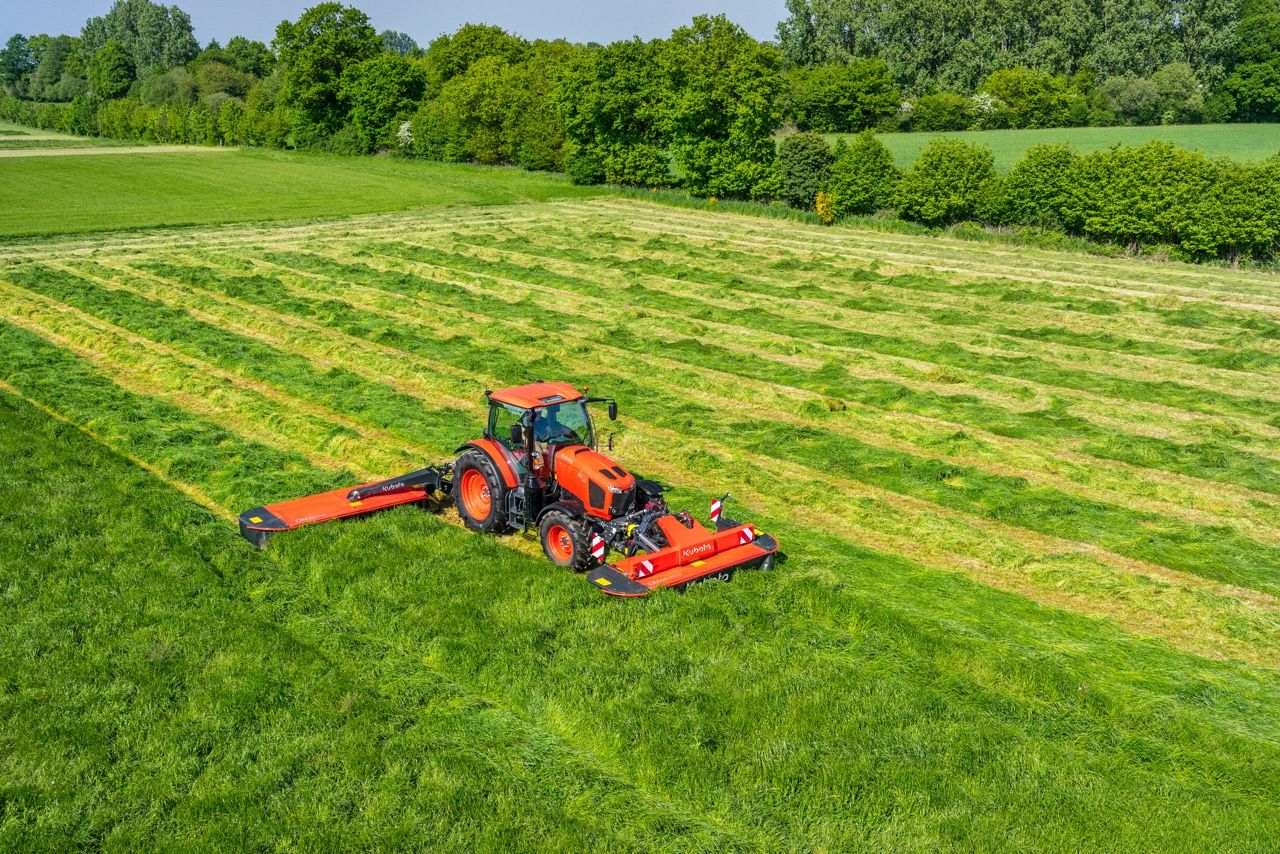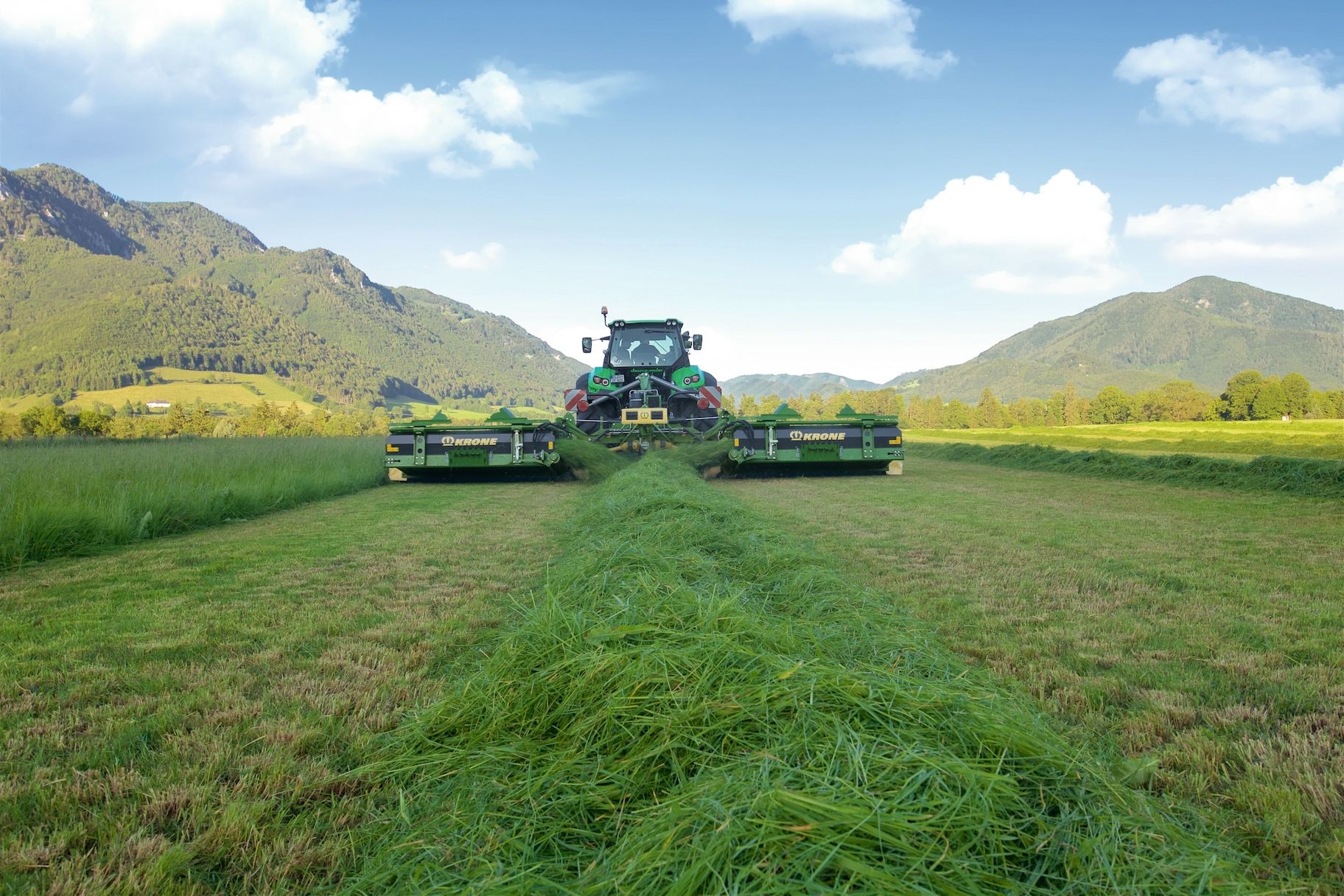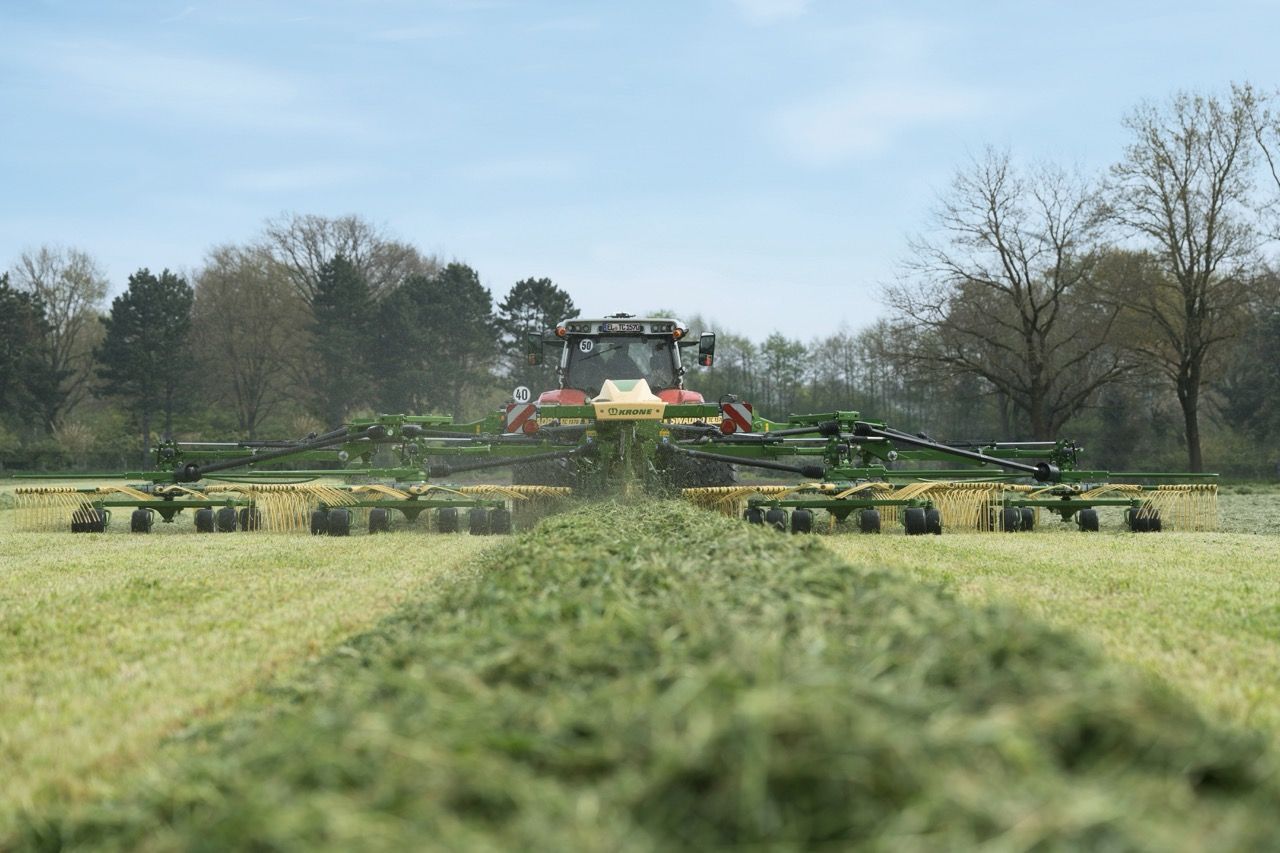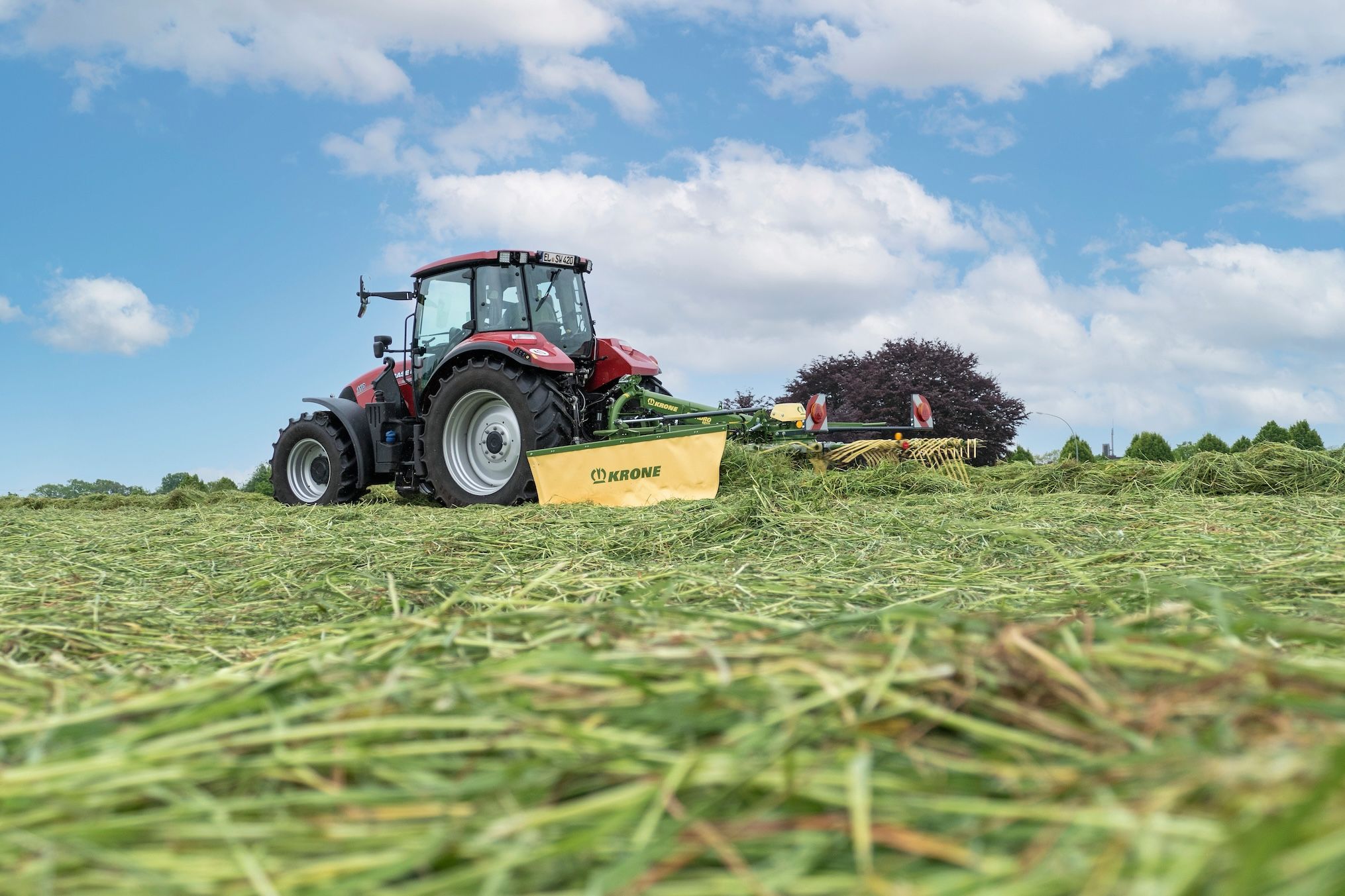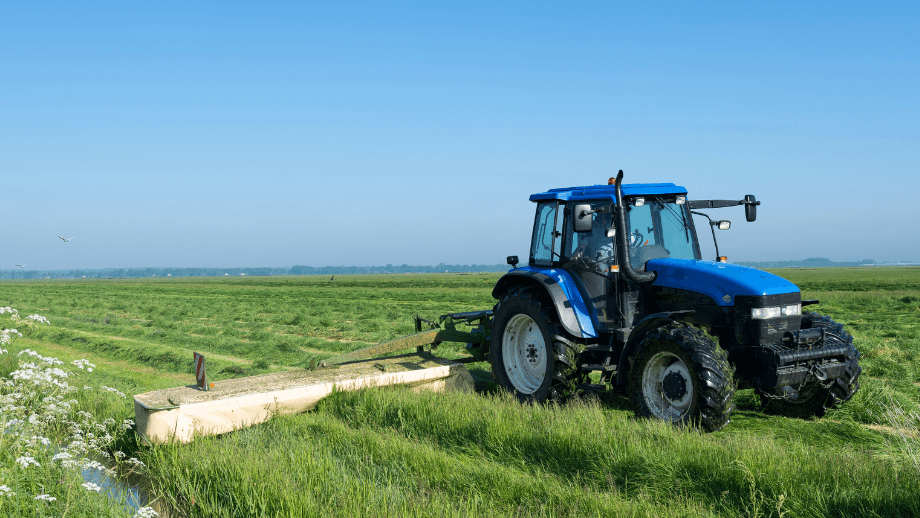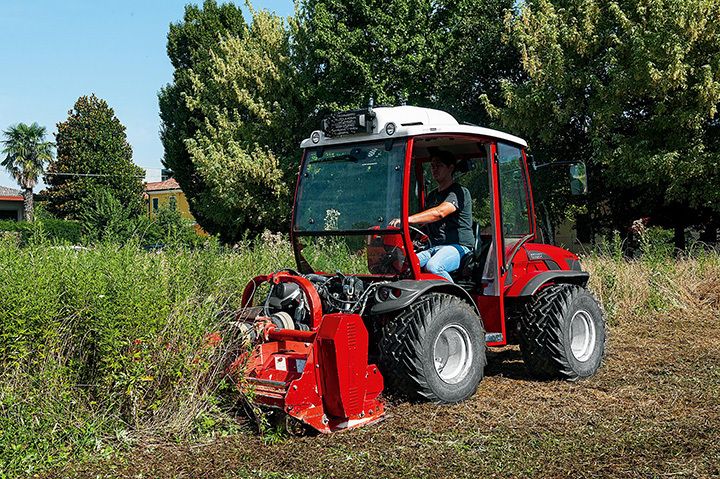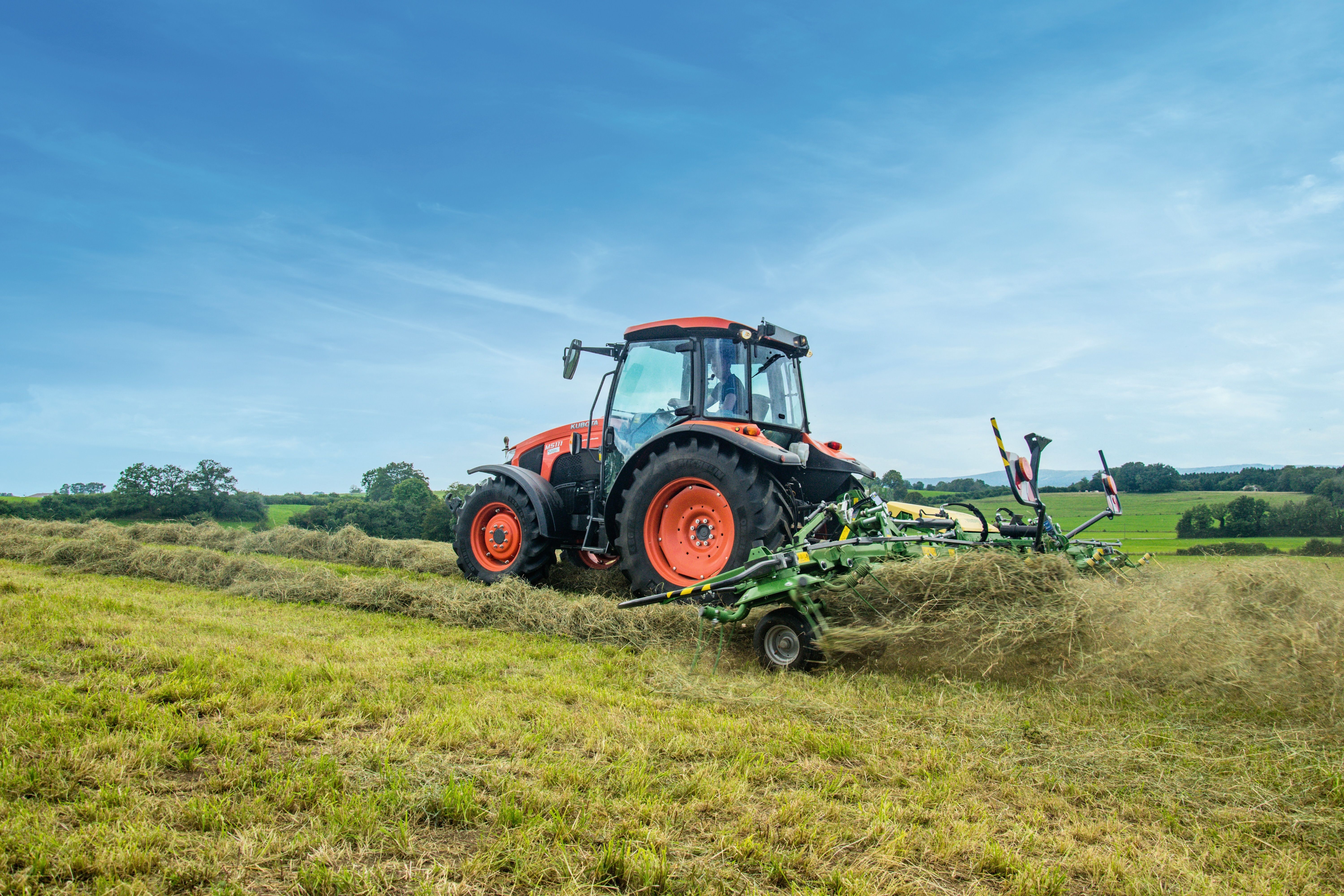
Equipment for grassland: these machines are included
Healthy grassland is only possible with the right care. We will show you the right machines.
When it comes to producing forage for livestock, grassland is probably one of the most important factors. But anyone who thinks that grass, alfalfa and the like produce top yields on their own is unfortunately wrong: farmers need to invest a lot of care in their grassland to ensure even growth and a good harvest. The right machinery is also essential for a rich and, above all, high-quality yield. We explain which machines are included, when we talk about grassland maintenance.
1. Grassland maintenance & harvesting machinery:
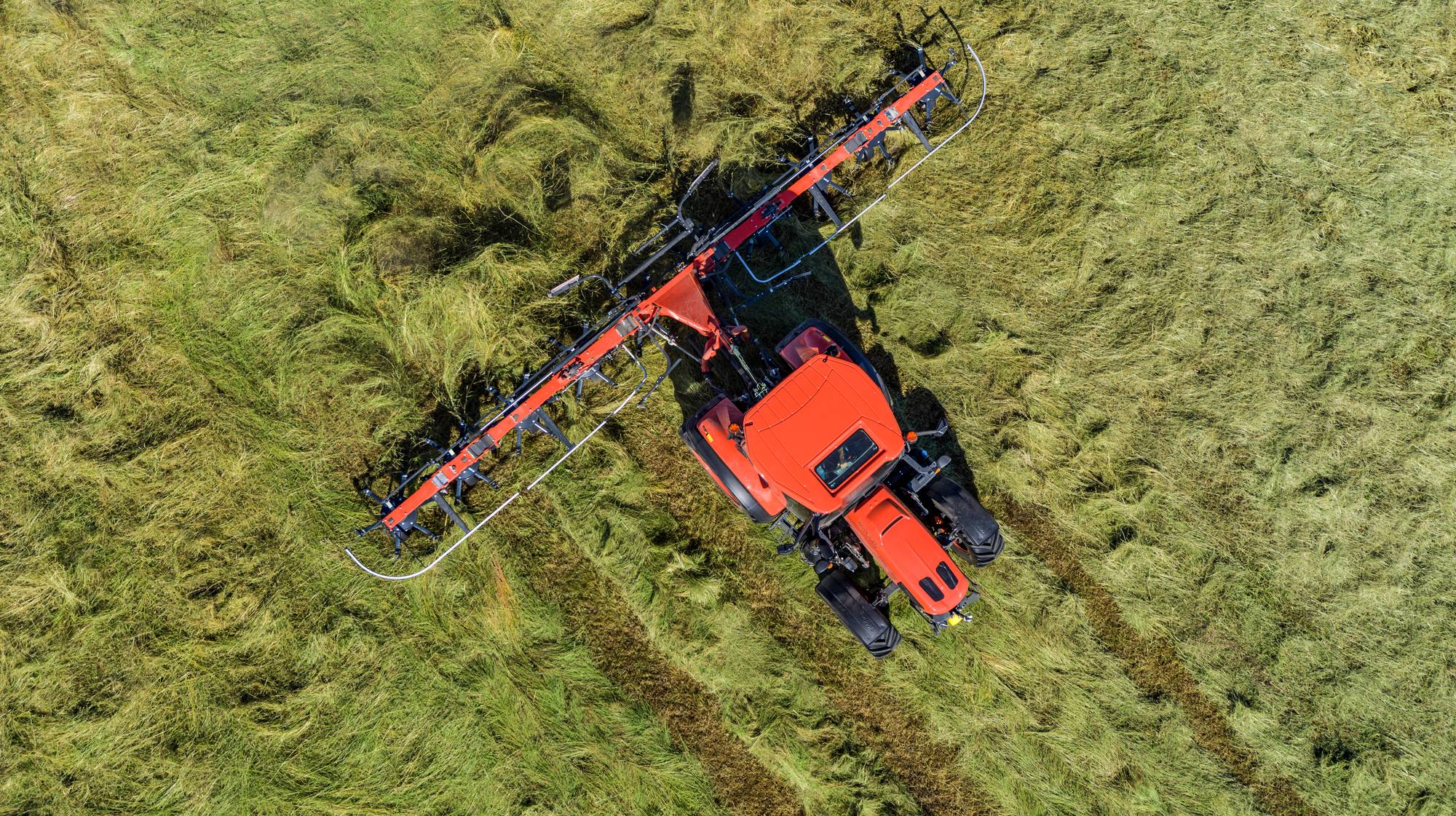
Grassland tractors
Tractors that are mainly used for the maintenance of meadows and grassland are often referred to as grassland tractors. However, this is not a defined design, but rather describes the general suitability of a tractor for use in grassland maintenance. Grassland tractors are generally somewhat lighter, more compact and more maneuverable than agricultural tractors and have additional features such as grassland tyres.
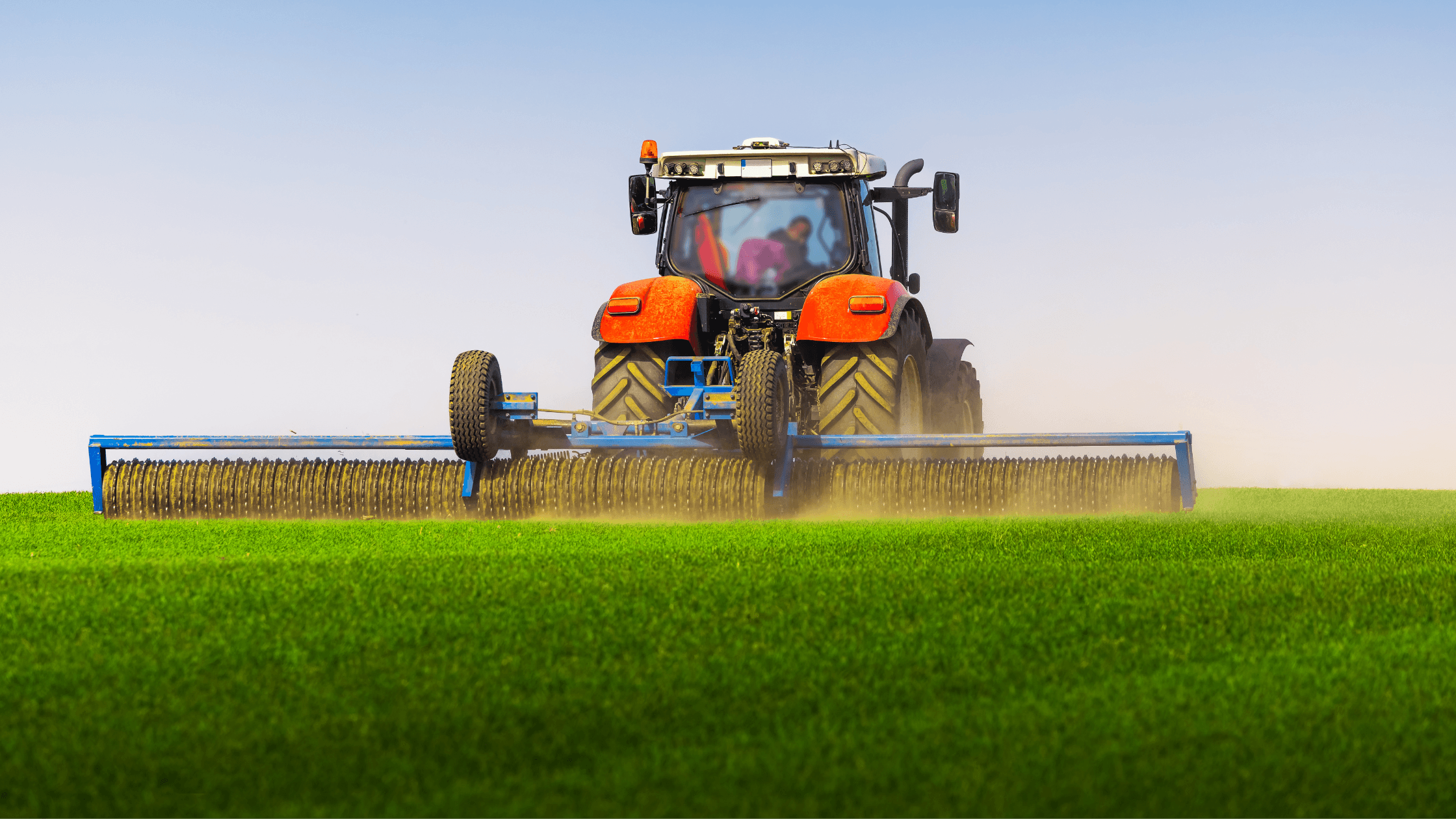
Maintenance of the grassland
Anyone who thinks that grassland does not need to be maintained is very much mistaken: grassland maintenance and repair is an important step in ensuring the health of the sward, especially on intensively used grassland. If this is neglected, it can lead to a shift in species at the expense of the yield and quality of the green forage produced. Various maintenance measures, e.g. harrowing, rolling or reseeding, can be used at the start of vegetation. Which maintenance measures make sense depends on the condition of the sward and the weather.
Rollers
Rolling can take on several functions in grassland maintenance. On the one hand, it is suitable for restoring soil contact in spring after frost and combating pressure-sensitive weeds. Secondly, the meadow roller is used to press down the seed when reseeding. Smooth rollers, Pictor rollers and Cambridge rollers are often used for grassland maintenance.
Chain harrow
One of the most common maintenance measures for grassland is regular harrowing. The aim of harrowing is, in particular, to level out soil mounds such as molehills, but also to spread excrement, manure and slurry. Harrowing also stimulates tillering and has a slightly felt-removing effect.
Harrow
At the beginning of the growing season, it is important to get a general overview of the condition of the sward. A common problem that occurs at this time is severe matting of the sward due to dead leaves, moss or weeds such as common bindweed. The use of a grassland harrow is considered the most effective measure to strengthen the sward again.
Re-seeding
If more or less large gaps appear in the sward at the beginning of the vegetation period, these should definitely be closed by reseeding, as otherwise undesirable species will quickly spread. There are usually two different techniques for reseeding: Broad or slit sowing. A distinction is also made between mechanical seed boxes, small seed spreaders and pneumatic seeders. Seed drills for grassland are often combined directly with other equipment (e.g. harrows).
Combination appliances
If you have large areas of grassland, you will quickly tire of the various work steps involved in grassland maintenance. Many farmers therefore opt for a combination machine that performs several work steps in one pass. There are various options, e.g. harrow-roller combinations or combi seed drills.
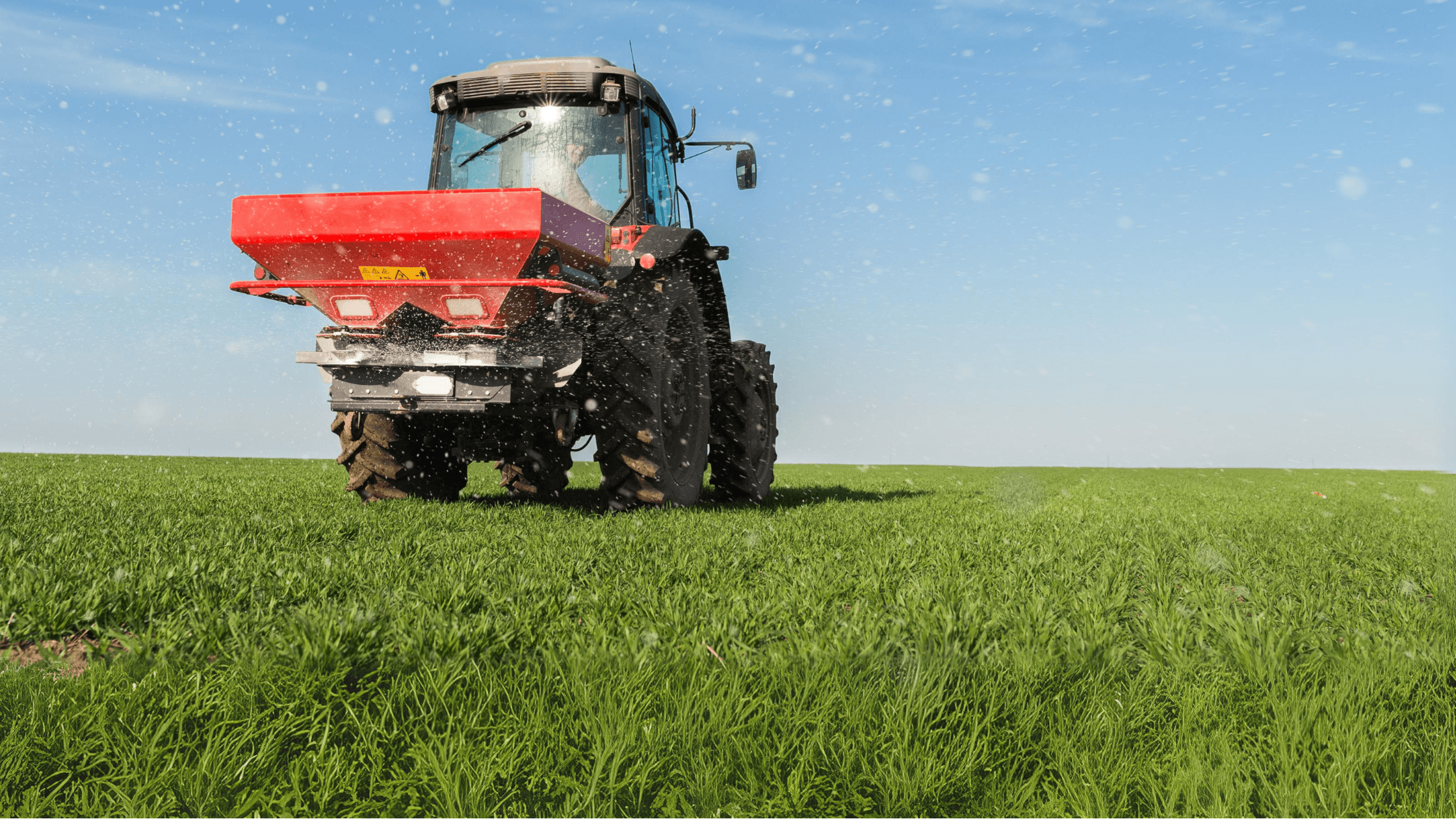
Fertilization
For green plants to thrive properly, the soil must provide the right nutrients. As every plant and therefore every harvest removes nutrients from the soil, the farmer must return them in the form of fertilizer. In particular, the need for nitrogen, phosphate, potassium and magnesium should be covered for a high-quality forage harvest. There are various options available to the farmer: The spreading of manure, the use of liquid manure and mineral fertilizers are the most commonly used.
Manure spreader
Manure spreaders are used to spread and distribute the manure produced by livestock on the grass. The manure and bedding used, such as straw, is shredded by a combination of moving blades and spread evenly using spreading rollers or plates. In addition to manure, the machine can also spread compost or fermentation residue from the biogas plant.
Liquid manure technology
Spreading liquid manure is probably the best-known way of adding new nutrients to grassland. The liquid farm manure is pumped into a tanker and can be spread on the field via various distribution systems. Although broad distribution of liquid manure on grassland is still possible until 2025, many farmers are already relying on near-ground application methods such as trailing shoe or trailing hose. With liquid manure tanks, a distinction is made between compressor, centrifugal or pump tankers depending on the type of tank filling and emptying.
Mineral fertilizer spreader
In addition to organic fertilizers, mineral fertilizers, especially lime, are also spread on grassland. The centrifugal spreader, which throws the fertilizer outwards and backwards via rotating spreading discs, has become particularly popular for this work. Pneumatic spreaders, which meter the fertilizer via an air flow, are used less frequently.

Harvesting technology
The harvest is the most important time of the year for grassland cultivation. As it is in most cases extremely dependent on the weather, farmers often only have a few days to bring in the harvest - so there is no room for error here. The various work steps from mowing, tedding and turning to loading must therefore go hand in hand.
Mower
The mower is the heart of the harvest and determines the quality of the crop and the regrowth behavior of the grasses. In agriculture, the choice of the right mower often depends not only on personal preferences but also on the conditions: Drum mowers are very popular due to their high cutting power and robustness, but are quite heavy. The somewhat lighter disc mowers are therefore more suitable for use on slopes. On the other hand, if you want to mow in a way that is particularly gentle on insects, you should opt for a double blade mower.
Tedder
During tedding and turning, the tedding rotor spreads the crop evenly over the sward and moves it repeatedly. This process promotes the drying process of the crop in the field. In Germany, the rotary tedder is mainly used for this task.
Rotary rake
If the crop has not been deposited in swaths or spread on the sward to dry, it must be brought back together for loading or baling. This task is often performed by rotary rakes, but also by pick-up rakes. In mountainous regions, belt rakes are also sometimes used.
Loader wagon
The loader wagon replaces the laborious manual loading of the transport wagons of the past. Instead, the crop is pulled in via the pick-up device of the loader wagon and transported into the loading chamber by the rake chain, conveyor swing arm or rotor. Many loader wagons also have an additional cutting unit to chop up the crop for the ensiling process.
Baler
In most cases, hay and other voluminous long goods are pressed into bales for better storage. There are different types of balers: Either the balers are differentiated according to volume into small bale and large bale balers or according to their shape into round bale and square bale balers.
